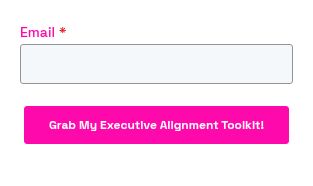Approach your compliance program like a project with phases and deliverables.
-
Align goals to audit criteria: Break down your framework (like SOC 2 or ISO 27001) into individual requirements. Each requirement should become its own mini-goal (i.e., “Develop and approve an incident response plan”).
-
Define success with evidence: A goal is measurable when it results in something tangible—like an acknowledged policy or completed risk assessment.
-
Tie goals to roles: To maintain accountability, assign goals to a responsible people or teams. Then, build (or automate) workflows to keep them accountable.
-
Use a platform to visualize progress: A GRC platform can accelerate the process of setting deadlines and aligning evidence, to help you visualize how close you are to being audit-ready.










